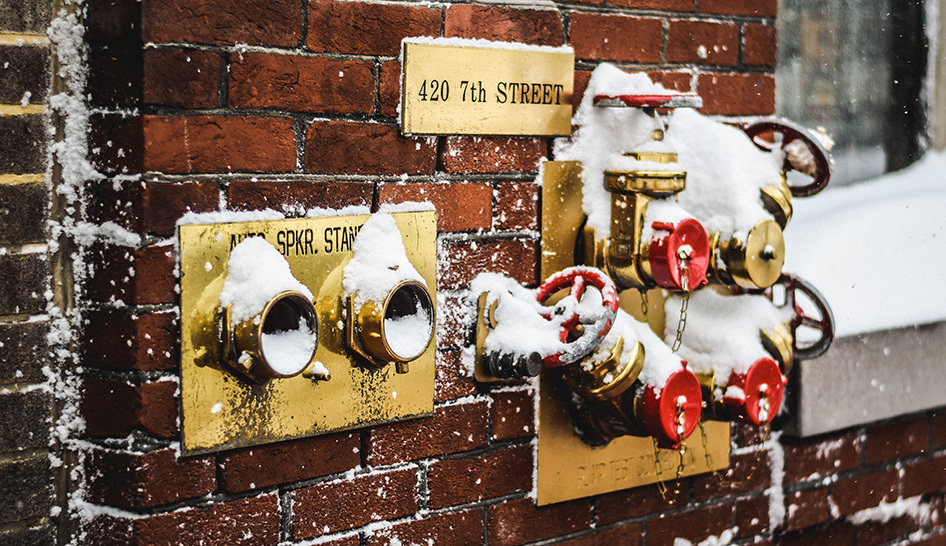“The only thing predictable about winter weather is its unpredictability” may be a cliché, but that doesn’t make it any less true.
In North America, the 2019-2020 winter is expected to be “warmer than average for many” and “wetter in the North,” according to the U.S. National Oceanic and Atmospheric Administration (NOAA). However, it cautions that “cold weather is anticipated and some areas could still experience a colder-than-average winter.”
If you operate a health club, cold weather is more than just an inconvenience; rising heat and electricity costs could do serious damage to your bottom line. Rather than cross your fingers and hope NOAA is right about the warm temperatures, now is the time to take action.
We talked to an expert at IHRSA Group Purchasing provider APPI Energy to learn how you can lower your energy costs this winter.
What causes energy costs to rise during the winter?
Before learning how to save on energy costs, it helps to understand what causes costs to fluctuate. The three major factors that contribute to energy costs are:
- Weather
- Energy production
- Energy supply
“Winter is traditionally a volatile time and generally has higher electricity and natural gas pricing,” says Susan Skirta, communication specialist for APPI Energy. “If the 2019-2020 winter season brings chilling winds, dropping temperatures, and freezing conditions causing a spike in heat demand, then prices would rise along with it. On the other hand, we may encounter a mild winter with mild pricing as a result.”

